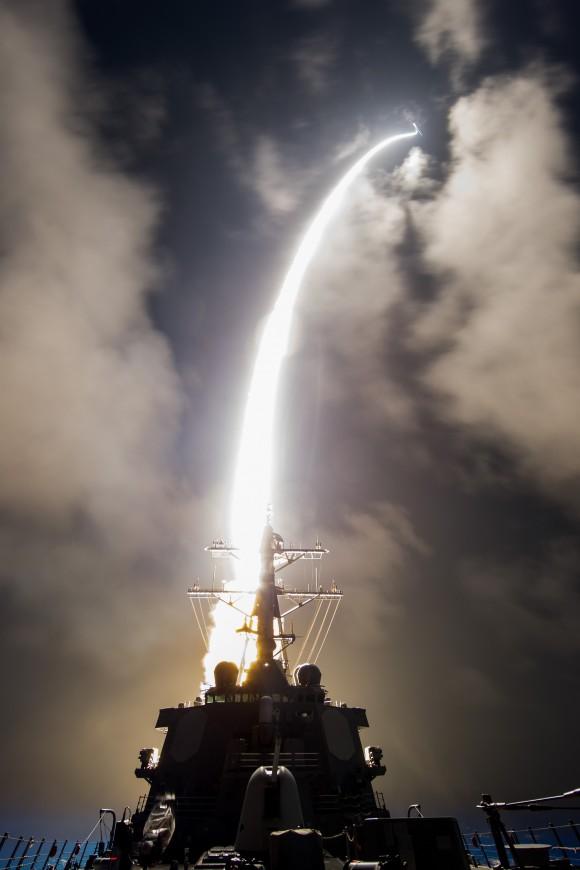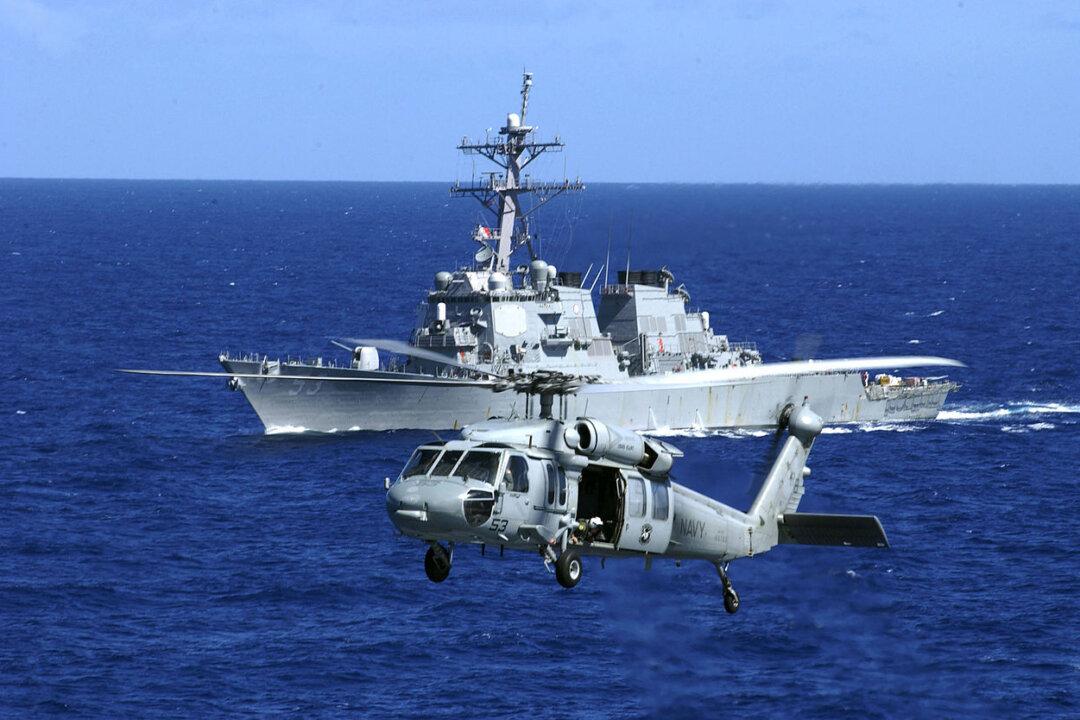The U.S. Missile Defense Agency (MDA) looks to have another defense against medium-range ballistic missiles after Navy sailors aboard the USS John Paul Jones shot one down off the coast of Hawaii Wednesday, Aug 30.
The MDA said it “successfully conducted a complex missile defense flight test” using SM-6 guided missiles.
The recently upgraded missile, made by Raytheon, is a multipurpose, cost effective missile that gained more advanced ballistic missile defense capabilities in recent months.

When the SM-6® missile deploys with the new "Dual 1" software, it will be the only missile in the world capable of both anti-air warfare and ballistic missile defense from sea. Photo Courtesy Missile Defense Agency via Raytheon





